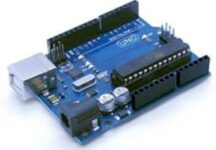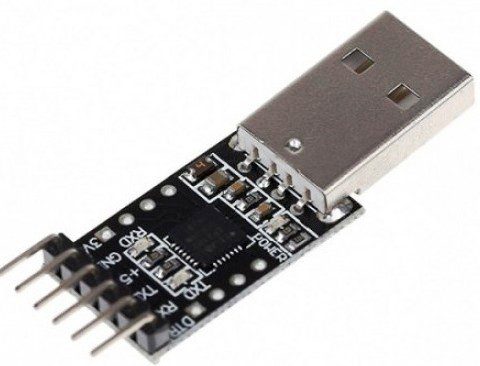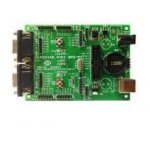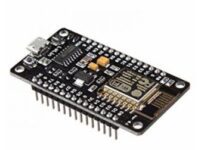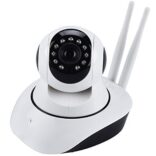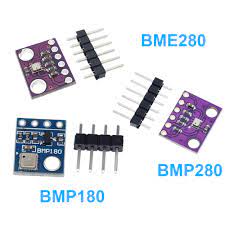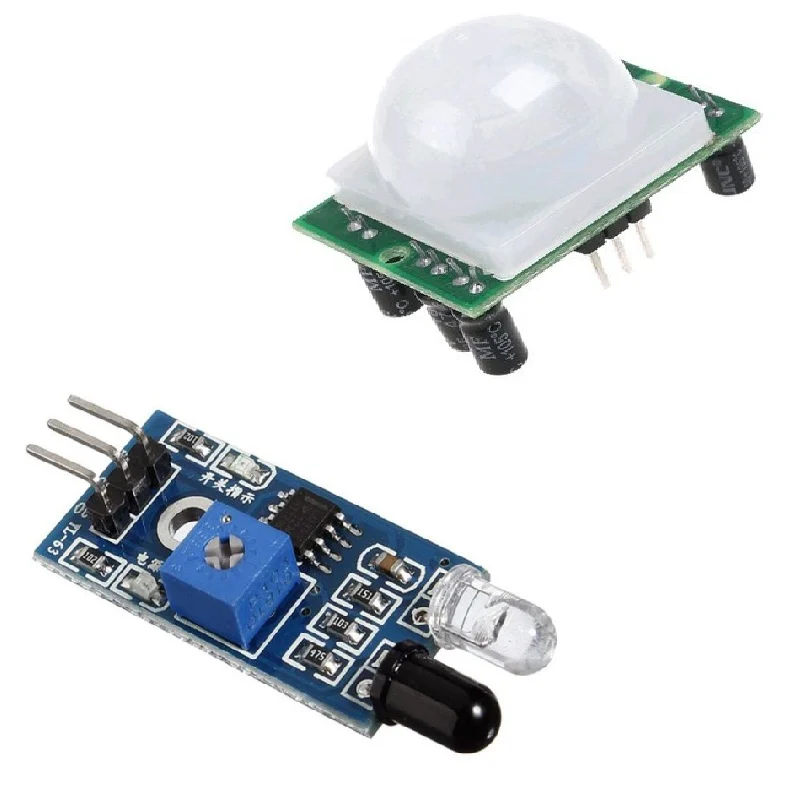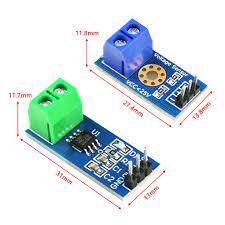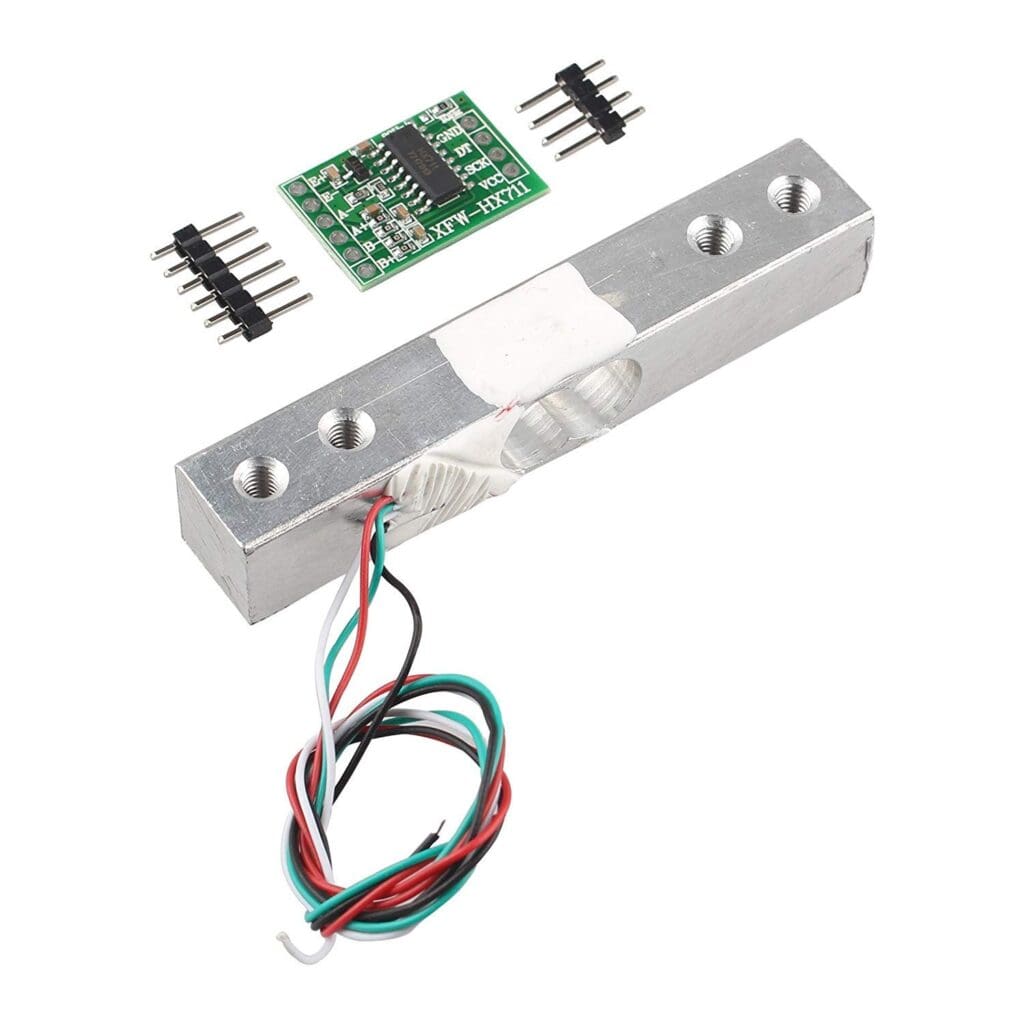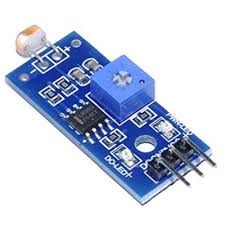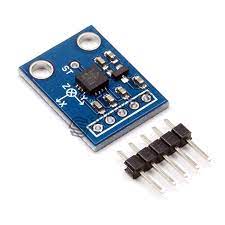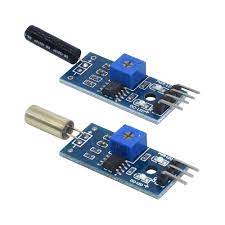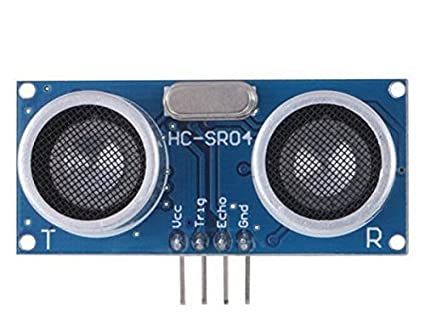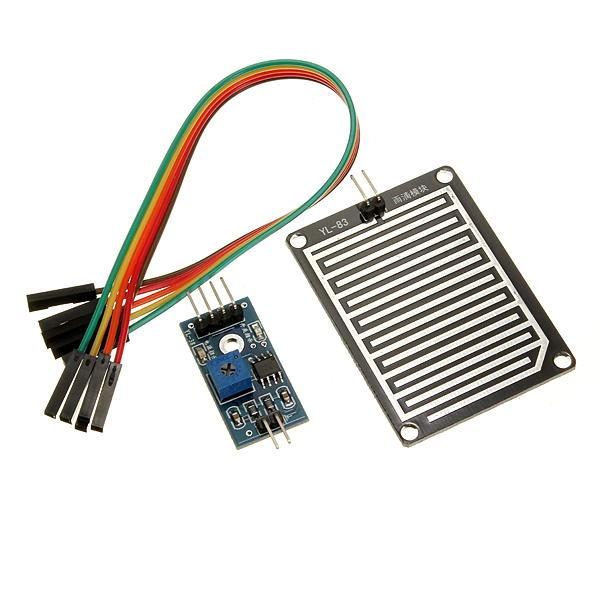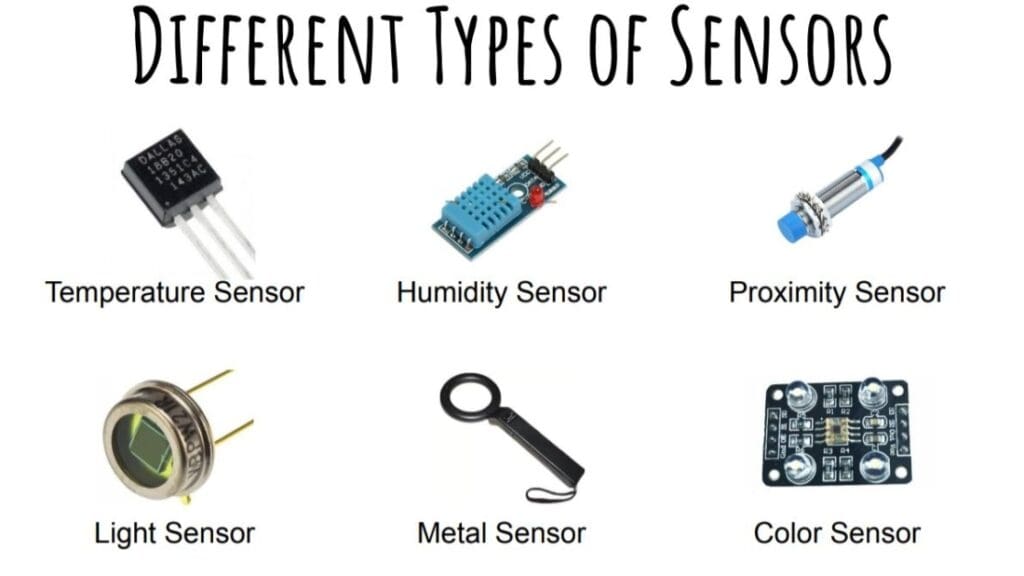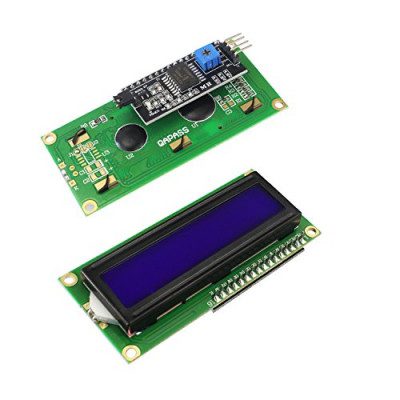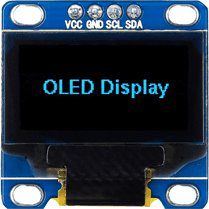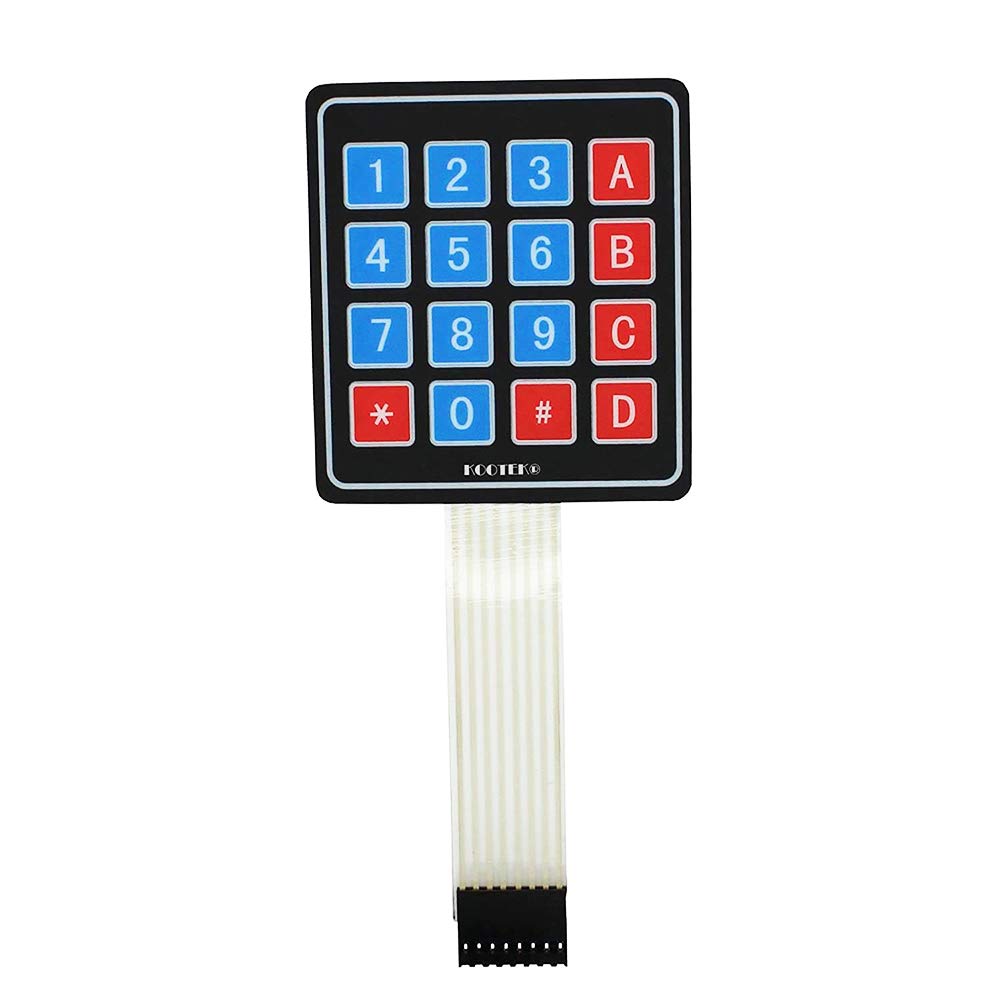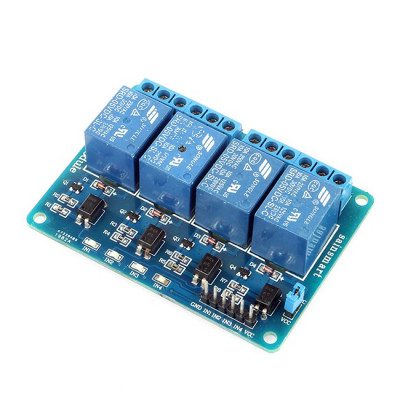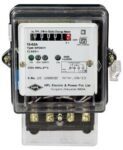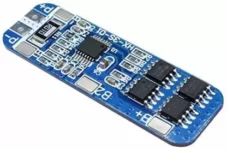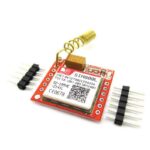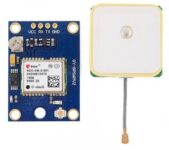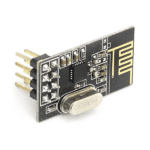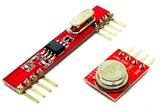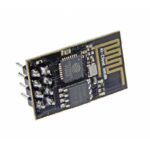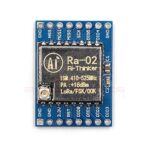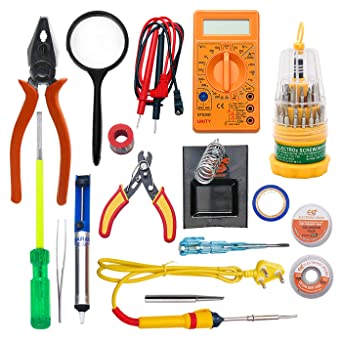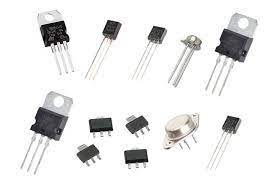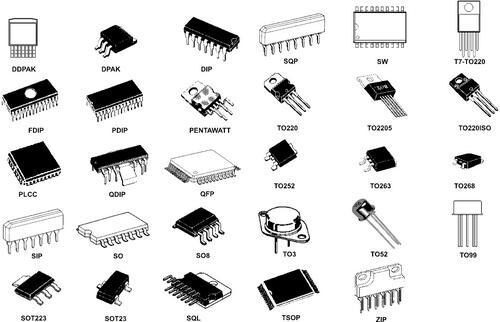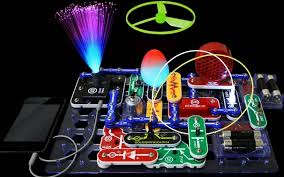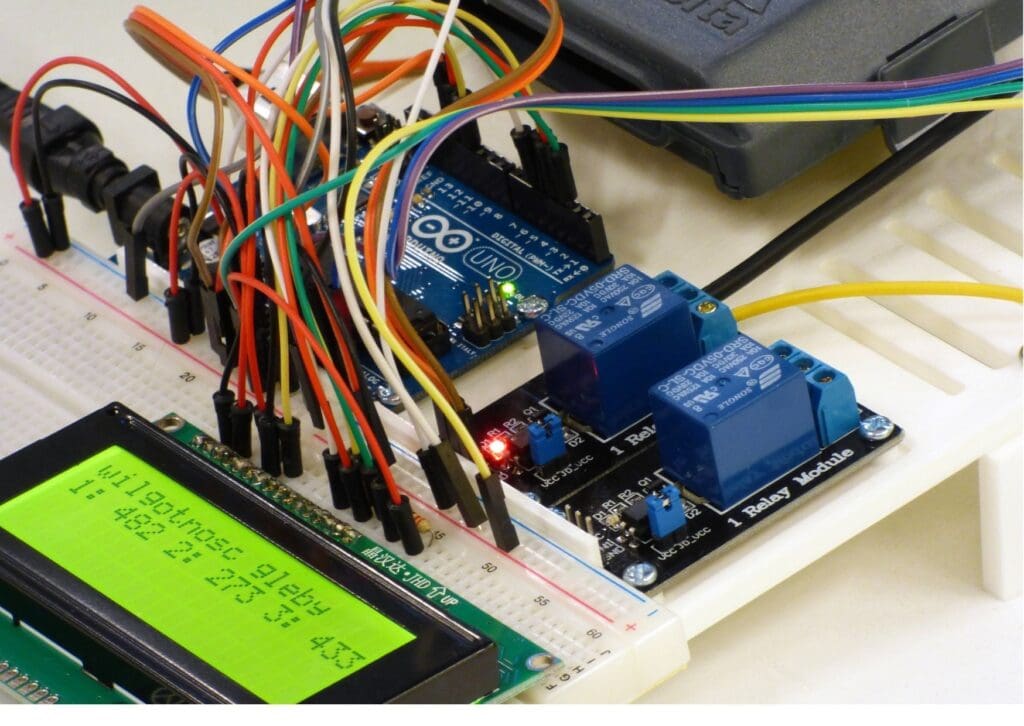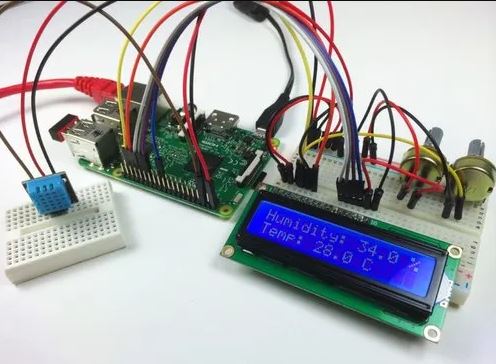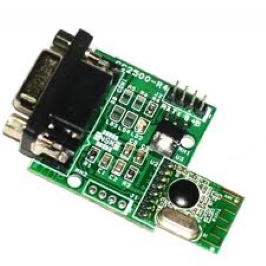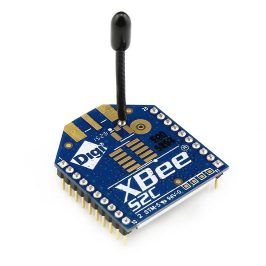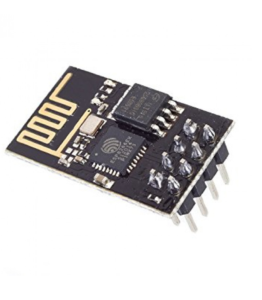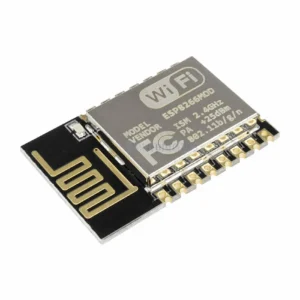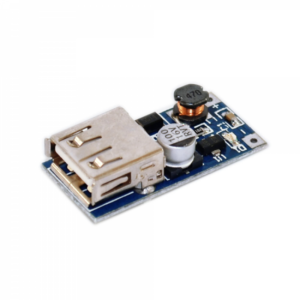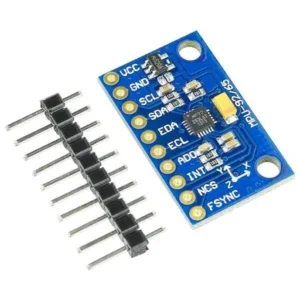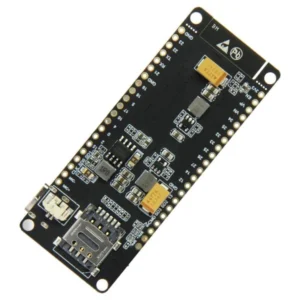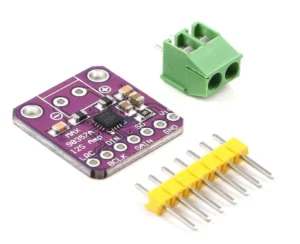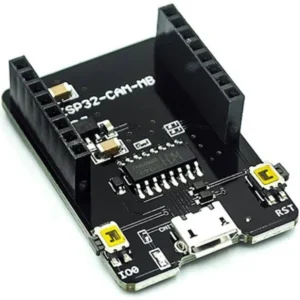Introduction
- Wireless communication protocols are sets of rules and standards that enable devices to communicate with each other without the need for physical connections like wires or cables. These protocols govern how data is transmitted, received, and interpreted between devices over the airwaves. They are essential for various wireless communication applications, including mobile phones, Wi-Fi networks, Bluetooth devices, and more.
1. Wi-Fi (IEEE 802.11)
Wi-Fi is one of the most prevalent wireless communication protocols used for local area networking (LAN) and internet access.
It operates in the 2.4 GHz and 5 GHz frequency bands and provides high-speed data transmission.
Wi-Fi supports multiple standards such as 802.11a, 802.11b, 802.11g, 802.11n, 802.11ac, and the latest 802.11ax (Wi-Fi 6).
2. Bluetooth
Bluetooth is a short-range wireless communication protocol designed for connecting devices over short distances.
It operates in the 2.4 GHz frequency band and supports various applications such as wireless audio streaming, file transfer, and device connectivity.
Bluetooth versions include Bluetooth Classic and Bluetooth Low Energy (BLE), which is optimized for low-power applications.
3. Cellular Networks (GSM, CDMA, LTE, 5G)
Cellular networks enable long-range wireless communication between mobile devices and base stations.
Global System for Mobile Communications (GSM) and Code Division Multiple Access (CDMA) are legacy standards for 2G and 3G networks.
Long-Term Evolution (LTE) is a 4G wireless communication protocol that offers high-speed data transmission.
5G is the latest generation of cellular network technology, promising even faster speeds, lower latency, and greater capacity.
4. Zigbee
Zigbee is a low-power, low-data-rate wireless communication protocol commonly used in home automation, industrial automation, and sensor networks.
It operates in the 2.4 GHz frequency band and supports mesh networking, allowing devices to communicate with each other over extended distances.
5. Z-Wave
Z Wave is a wireless communication protocol similar to Zigbee, primarily used for home automation and smart home devices.
It operates in the sub-1 GHz frequency band, offering longer range compared to Zigbee.
6. NFC (Near Field Communication)
NFC is a short-range wireless communication protocol used for contactless transactions, data exchange, and device pairing.
It operates at close proximity (within a few centimeters) and is commonly found in smartphones and contactless payment systems.
- These are just a few examples of wireless communication protocols, each serving specific purposes and catering to different requirements in various industries and applications.
Projects Categories:
Products Categories:
- Robotics
- Actuators
- Camera Modules
- Drone Kits
- Drone Components
- Chassis
- DC Motors
- Other Robotic accessories
- Pick and Place Modules
- Robotic Kit
- Servo Motors
- Stepper Motors
- Wheels
- Microcontrollers & Programmers
- 8051 Microcontroller
- Arduino Microcontroller
- ARM Development Board
- Interface Module
- NODMCU / ESP Modules
- PIC Microcontroller
- Raspberry Pi
- Devices and Actuators
- Display Modules
- Sensors & Module
- Power Supply / Batteries
- Wireless modules
- Electronic Components
- Wholesale Market
Types Of Wireless Communication Protocol
- Wireless communication encompasses various types, each with its own characteristics, range, and applications. Here are some common types of wireless communication:
1. Radio Frequency (RF) Communication
RF communication utilizes electromagnetic waves in the radio frequency spectrum to transmit data wirelessly.
It includes technologies like Wi-Fi, Bluetooth, cellular networks (GSM, CDMA, LTE, 5G), and satellite communication.
RF communication is widely used for long-range and short-range wireless data transmission in various applications, including internet access, mobile communication, and broadcasting.
2. Infrared (IR) Communication
Infrared communication utilizes infrared light to transmit data wirelessly over short distances.
It is commonly found in remote controls, proximity sensors, and some data transfer applications.
Infrared communication typically operates within line-of-sight range and is often used for controlling devices in home entertainment systems, TVs, and other consumer electronics.
3. Microwave Communication
Microwave communication uses high-frequency radio waves (microwaves) for long-distance communication.
It includes technologies like satellite communication, microwave links, and radar systems.
Microwave communication is widely used for applications such as long-distance telecommunications, satellite TV broadcasting, weather forecasting, and air traffic control.
4. Near Field Communication (NFC)
NFC is a short-range wireless communication technology that enables data exchange between devices in close proximity (within a few centimeters).
It is commonly used for contactless transactions, data sharing, and device pairing in applications like mobile payments, ticketing systems, and access control.
5. Ultrasonic Communication
Ultrasonic communication utilizes ultrasonic waves (sound waves with frequencies above the human hearing range) for wireless data transmission.
It is often used for proximity sensing, object detection, and communication in underwater environments.
Ultrasonic communication finds applications in areas such as automotive parking sensors, medical imaging, and industrial automation.
6. Visible Light Communication (VLC)
VLC, also known as Li-Fi (Light Fidelity), uses visible light (LEDs) to transmit data wirelessly.
It offers high-speed data transmission and can be used in environments where RF communication may interfere with sensitive equipment or where security is a concern.
VLC has applications in indoor positioning, smart lighting systems, and high-speed data communication in environments like hospitals and aircraft cabins.
- These are some of the main types of wireless communication, each suited for specific ranges, data rates, and applications. They play a crucial role in enabling connectivity and data exchange in modern society.

Where is Wireless communication used
- Wireless communication technologies are utilized across various sectors and fields due to their flexibility, convenience, and ability to enable connectivity without physical constraints. Here are some sectors and fields where wireless communication plays a crucial role:
1. Telecommunications
Wireless communication is fundamental to the telecommunications industry, including mobile network operators providing cellular services, internet service providers offering Wi-Fi connectivity, and companies deploying satellite communication systems for global coverage.
2. Consumer Electronics
- Wireless technologies are pervasive in consumer electronics, including smartphones, tablets, laptops, smartwatches, smart TVs, and smart home devices. Wi-Fi, Bluetooth, NFC, and other wireless protocols enable seamless connectivity and communication between these devices.
3. Healthcare Wireless communication
- is increasingly important in healthcare for applications such as remote patient monitoring, telemedicine consultations, wearable health trackers, and medical device connectivity. These technologies improve patient care, enable real-time data collection, and facilitate communication between healthcare professionals.
4. Automotive
- The automotive industry utilizes wireless communication for various purposes, including vehicle-to-vehicle (V2V) and vehicle-to-infrastructure (V2I) communication for improved road safety and traffic management. Additionally, wireless technologies are used in connected car systems, telematics, navigation, and infotainment systems.
5.Industrial Automation and IoT Wireless communication
- plays a crucial role in industrial automation and the Internet of Things (IoT). It enables connectivity between sensors, actuators, controllers, and other devices in manufacturing plants, smart factories, agricultural systems, energy management systems, and smart cities.
6. Transportation and Logistics Wireless communication
- technologies are employed in transportation and logistics for vehicle tracking, fleet management, inventory management, supply chain optimization, and logistics coordination. This includes applications such as GPS tracking, RFID systems, and wireless sensors.
7. Aerospace and Defense Wireless communication
- is essential in aerospace and defense applications, including satellite communication for global connectivity, aircraft communication systems, unmanned aerial vehicles (UAVs), military radios, radar systems, and secure communication networks.
8. Education Wireless communication technologies
- used in educational settings for e-learning platforms, interactive classrooms, distance learning programs, and student collaboration tools. Wi-Fi networks and mobile devices facilitate access to educational resources and enable communication among students and teachers.
9. Entertainment and Media Wireless communication
- enhances entertainment and media experiences through applications such as streaming services, online gaming, social media platforms, and augmented reality (AR) and virtual reality (VR) experiences. Wi-Fi, Bluetooth, and cellular networks enable connectivity and content delivery to various devices.
10. Retail and Hospitality
- Wireless communication technologies are utilized in retail and hospitality industries for point-of-sale (POS) systems, inventory management, customer engagement tools, guest Wi-Fi networks, and location-based services. These technologies improve operational efficiency and enhance the customer experience.
- These sectors represent just a few examples of the diverse range of applications and industries that rely on wireless communication technologies for connectivity, data exchange, and innovation.

Things To Implement In Wireless Commuinication Protocol
Implementing improvements or features in wireless network protocols requires careful consideration of various factors such as performance, security, compatibility, and efficiency. Here are some potential areas for implementation in wireless network protocols:
1. Enhanced Security Mechanisms
- Implementing stronger encryption algorithms and authentication mechanisms to improve the security of wireless communication.
Introducing features like certificate-based authentication, intrusion detection systems, and secure key management protocols.
2. Improved Quality of Service (QoS)
- Enhancing QoS mechanisms to prioritize certain types of traffic, such as voice or video, to ensure better performance and reliability for real-time applications.
Implementing traffic shaping, admission control, and bandwidth allocation algorithms to optimize network resources.
3. Efficient Power Management
- Introducing power-saving techniques to extend battery life in wireless devices, especially for IoT devices and sensors.
Implementing protocols for dynamic power management, sleep modes, and adaptive transmission power control.
4. Interoperability and Compatibility
- Enhancing protocols to ensure interoperability between different devices and network technologies, facilitating seamless communication in heterogeneous environments.
Implementing standardized protocols and profiles to promote compatibility and ease of integration with existing infrastructure.
5. Increased Throughput and Performance
- Introducing enhancements to improve data throughput, reduce latency, and enhance overall network performance.
Implementing advanced modulation schemes, channel bonding, and interference mitigation techniques to maximize spectral efficiency.
6. Support for Emerging Technologies
- Implementing support for emerging wireless technologies such as millimeter-wave communication, Massive MIMO (Multiple Input Multiple Output), and full-duplex communication.
Integrating protocols for IoT connectivity standards like NB-IoT (Narrowband IoT) and LTE-M (LTE for Machines).
7. Dynamic Spectrum Access
- Implementing cognitive radio techniques to enable dynamic spectrum access, allowing devices to opportunistically utilize available spectrum bands while avoiding interference.
Introducing protocols for spectrum sensing, channel selection, and spectrum sharing to optimize spectrum utilization
8. Network Management and Self-Organization
- Introducing self-organizing protocols and network management mechanisms to enable autonomous configuration, optimization, and maintenance of wireless networks.
Implementing protocols for dynamic routing, self-healing, and network topology adaptation to accommodate changes in network conditions.
9. Privacy and Data Protection
- Enhancing privacy features and data protection mechanisms to address privacy concerns and ensure compliance with regulations such as GDPR (General Data Protection Regulation).
Implementing protocols for anonymization, data encryption, and secure data transmission to safeguard sensitive information in wireless networks. - Implementing improvements in wireless network protocols requires collaboration among standards organizations, industry stakeholders, and researchers to address evolving requirements and challenges in wireless communication. Additionally, thorough testing, validation, and standardization are essential to ensure the effectiveness and interoperability of new protocol enhancements.
Conclusion
- In conclusion, advancements in wireless network protocols play a pivotal role in enabling a wide array of real-time applications across various sectors. By implementing enhancements such as improved security mechanisms, enhanced quality of service, efficient power management, and support for emerging technologies, wireless communication systems can meet the evolving demands of modern connectivity requirements.
- In real-time applications ranging from healthcare and finance to transportation and manufacturing, these protocol improvements translate into tangible benefits such as enhanced data security, seamless connectivity, optimized resource utilization, and improved user experiences. Moreover, interoperability, compatibility, and adherence to privacy regulations ensure that wireless networks can effectively support diverse devices and applications while safeguarding sensitive information.
- As technology continues to evolve, the ongoing development and implementation of wireless network protocol improvements will remain critical to addressing emerging challenges, supporting innovative use cases, and unlocking new opportunities for connectivity and communication. By embracing these advancements, stakeholders across industries can harness the full potential of wireless communication to drive efficiency, innovation, and growth in the digital era.
For additional blog content, to explore further insights and articles. Click here
433MHz RF Module Works &
Working 433MHz RF Module Works & Interfacing With Arduino Introduction Wireless communication has become an...
Read MoreVoice Recognition Technology
Voice Recognition Technology Introduction Voice recognition technology, a groundbreaking innovation in the realm of electronics,...
Read MoreHow to attach heat sink
How to attach heat sink to raspberry pi 4 INTRODUCTION Attaching a heat sink to...
Read MoreUnderstanding Integrated Circuit And Microchips
Understanding Integrated Circuit And Microchips Introduction Integrated circuits (ICs), often referred to as microchips, are...
Read More


